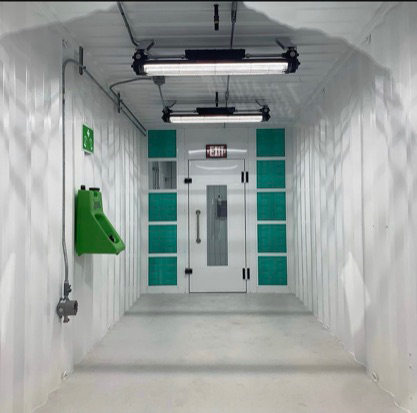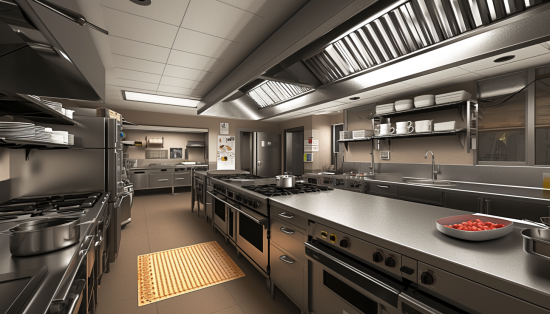When setting up a laboratory for hazardous material handling, understanding the differences in regulatory costs between Class 1 Division 1 (C1D1) and Class 1 Division 2 (C1D2) labs is crucial. This blog explores these differences, helping businesses make informed decisions based on their specific needs and budget constraints.
Understanding C1D1 and C1D2 Regulations
C1D1 and C1D2 classifications refer to the National Fire Protection Association’s (NFPA) codes for handling flammable gases and vapors in controlled environments. C1D1 labs are designed for environments where explosive or flammable atmospheres are present under normal operations, while C1D2 areas are for locations where such conditions are handled under abnormal conditions only.
Cost Implications of C1D1 Labs
C1D1 labs require more stringent safety measures, including explosion-proof ventilation systems and electrical components, continuous gas detection, and stricter construction standards. These requirements lead to higher initial setup and maintenance costs. For detailed regulations, visit the NFPA’s website.
Cost Implications of C1D2 Labs
C1D2 labs, being less restrictive, need safety measures that activate in the presence of accidental releases of flammable gases. This typically means less expensive equipment and lower construction costs compared to C1D1 labs, as the safety devices and ventilation do not need to be explosion-proof but must be capable of being activated in emergency situations.
Choosing the Right Lab Setup
The decision between a C1D1 or C1D2 lab should be based on the specific processes and materials used in your operations. A thorough risk assessment is essential to determine if the materials handled can produce flammable atmospheres during normal operations or only in abnormal conditions. This assessment will guide whether the higher cost of C1D1 compliance is necessary or if C1D2’s less stringent requirements will suffice.
Long-Term Considerations
While C1D1 labs are more costly upfront, they provide a higher level of safety that could potentially reduce long-term operational and insurance costs. In contrast, C1D2 labs may be less expensive to set up but could involve higher costs in case of regulatory changes or incidents.

Conclusion
Understanding the regulatory requirements and associated costs of C1D1 and C1D2 labs is key to budgeting correctly for your laboratory setup. Investing in the right type of lab based on your specific needs not only ensures compliance with safety regulations but also controls costs effectively. For more guidance on selecting the right lab, consult with experts like those at Advanced Extraction Labs, who specialize in turnkey solutions for compliant extraction facilities.







